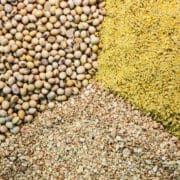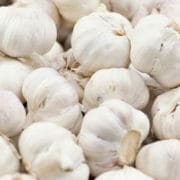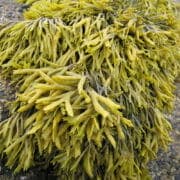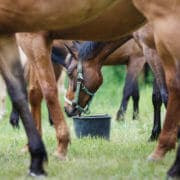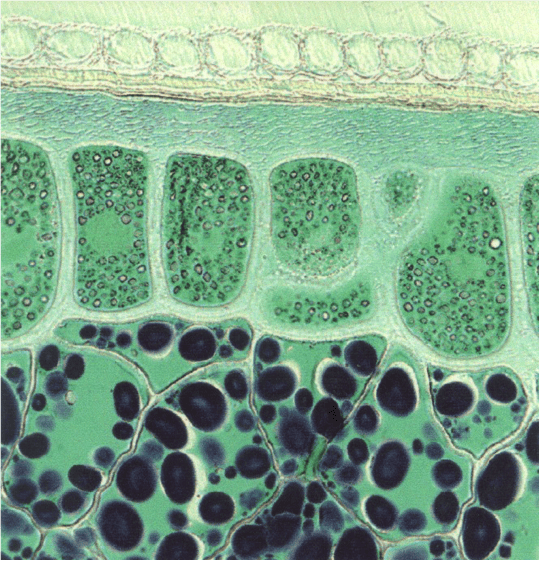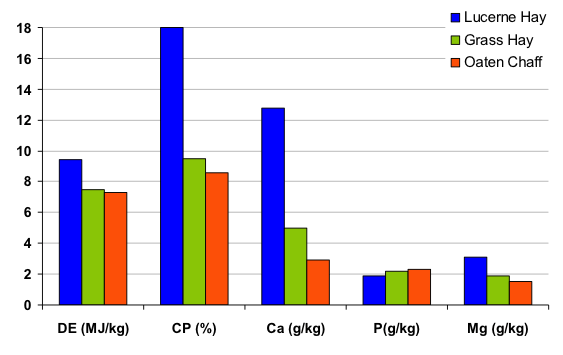How to Choose a High Quality Horse Feed
With literally hundreds of feeds available for all of us to choose from for our horses the choice can be a bit overwhelming. While FeedXL is a brilliant tool in helping you see which feeds deliver the nutrients your horse needs and which don’t, what FeedXL can’t help you with is determining the actual quality of the feed. Nutrient profile and balance is one thing, but the ingredients used to make the feed are another thing entirely, and it is this aspect of feeding that you need to stay fully in control of.
Things like the ingredients used to make a feed, the quality of protein in the feed, whether the feed is made to the same recipe or made using least cost batching methods, how it is processed and the facility it is made in all contribute to determining a feed’s quality. These aspects of feed quality are discussed in more detail below.
Ingredients Used
When considering purchasing a feed have a look at the ingredients listed on the bag or label. First major rule is, if there are no ingredients listed, don’t buy the feed. This is not common but it does happen. If you have no idea what is in the feed then do not put it in your horse’s mouth.
The ingredients list will give you a good indication of whether the feed is a high quality feed or not. When looking at an ingredient list you should take note of the actual ingredients used and the number of macro ingredients (the grains, pulses and oilseeds) used. Higher quality feeds will use more ‘whole’ ingredients like corn, barley, wheat, oats, rice, full fat soybeans, sunflower seeds, faba or field beans, lupins (if you are in a part of the world that uses lupins for horses) and linseed or flax and they will contain a big variety of ingredients. When we say ‘whole’, it doesn’t mean they are in the feed in a whole form, just that the entire ingredient is used in the feed and not just a part or a by-product of it. Higher quality feeds will also list the specific oils they use if any. Lower quality feeds will list more generic or lesser quality ingredients like protein meals, pollard and bran (which can come under many names including wheat midds, middlings, broll, millrun and millmix), cottonseed meal and unnamed vegetable oils and there will often be less than 5 macro ingredients used.
Determining feed quality just from an ingredient list isn’t exactly cut and dried. For example, a lot of high quality feeds contain a component of pollard and bran, and used properly these ingredients do add value to a ration. However, if these lower quality ingredients appear to make up the majority of a feed AND the feed has only two or three main ingredients, the likelihood is that the feed is not going to give you as good a result as you could get from using a feed with better quality and more variety of ingredients.
In short, look for higher quality ‘whole’ ingredients and lots of them in an ingredient list for a higher quality feed.
Protein Quality
Protein quality is one of, if not the major characteristic of a feed that determines its quality. If a feed contains poor quality protein your horse’s coat, hooves and muscle development will all suffer. The quality of protein is determined by the amount of essential amino acids (amino acids the horse can’t make for itself) in that protein source. Proteins that have a high concentration of the most limiting essential amino acids are considered good quality while proteins with low levels of essential amino acids are considered poor quality.
The problem is, protein is usually displayed on feed labels as crude protein, which is simply calculated by multiplying the amount of nitrogen in a feed by 6.25. Nitrogen is in all protein and there is also ‘non-protein nitrogen’ sources so the crude protein really tells you nothing about the quality of protein in a feed.
To determine the protein quality you should look at the feed’s ingredients to see where the protein is coming from. Feeds containing soybean, lupins, canola meal, faba or field beans will contain higher quality protein than feeds containing protein only from cereal sources (for example the wheat protein found in wheat midds/pollard and bran) or with protein from non-specified vegetable protein meals or cottonseed meal.
Lysine is what is called the first limiting amino acid in an equine diet because it is usually the one that is first to be too low in a horse diet and therefore becomes limiting (for growth, muscle development or whatever it is your horse needs protein for at the time). So looking at the level of lysine in a feed (and also in FeedXL) will give you an indication of the quality of protein in the feed. However, there are two problems with lysine.
For learn more about protein quality, click here to read our article ‘Understanding Protein Quality in Horse Feed’.
Batching method
There are two main ways companies will ‘batch’ their feeds. The first is using least cost principles where the company will list a selection of ingredients on the label (using wording something like ‘ingredients selected from’ or broad wording like ‘cereal grains including barley, wheat and corn’) and then when they make the feed they will use whatever combination of these ingredients is the least expensive to meet the feed’s minimum requirements. Least cost batching is common practice in the pig and poultry industries and it is used to make horse feeds. While feeds made in this way will deliver the minimum nutrient specifications for each feed (so you will always get the specified level of energy, protein, vitamins and minerals) the ingredients used and thus the ingredient and protein quality can change from batch to batch.
The second method of batching used is to use the same ingredients and the same recipe each time the feed is made. This batching method give a more consistent and often higher quality product than those made using least cost batching. If you are not sure which batching method your feed supplier uses and it is something you would like to know, you should contact and ask them.
The feed mill
Another important factor determining quality is the standard of the facility used to make the feed. You should check with your feed supplier to see what sort of quality assurance programs they operate under (for example the Feed Safe program) and whether or not the mill is an equine dedicated mill (eliminating the risk of potentially fatal contamination of your feed with ingredients like ionophores (Rumensin)).
When quality really matters
Not all horses need to be fed high quality feeds. For example a good doer that is only in light work will more than likely do very nicely on good quality forage and if need be a small amount of a lower quality feed. However, horses that are under a lot of physical pressure, for example broodmares that are breeding every year, young, growing horses, horses that need to gain a lot of body condition or build muscle mass and horses in heavy work will always do a lot better on a quality feed with good ingredients and high quality protein.
The quality of forage your horse is eating also has an impact on how good a quality feed you need to feed for the best results. Horses on low quality forage, and particularly low quality C4 or subtropical type forage will always do better when fed a high quality feed with good quality protein. Horses on high quality forage will often do well when eating a lower quality feed.
So when you are next choosing a feed for your horse take notice of what and how many ingredients are used and consider what the protein quality is likely to be. If it is important to you, look at how the feed is batched and check out the quality assurance programs used by the manufacturer. You then of course also need to make sure the feed fits into your horse’s diet in FeedXL. Using both your own knowledge of feed quality together with FeedXL’s calculations will always give you the best results.
Do you have a question or comment? Do you need help with feeding?
We would love to welcome you to our FeedXL Horse Nutrition Facebook Group. Ask questions and have them answered by PhD and Masters qualified equine nutritionists and spend time with like-minded horse owners. It’s free!
Click here to join the FeedXL Horse Nutrition Facebook Group

